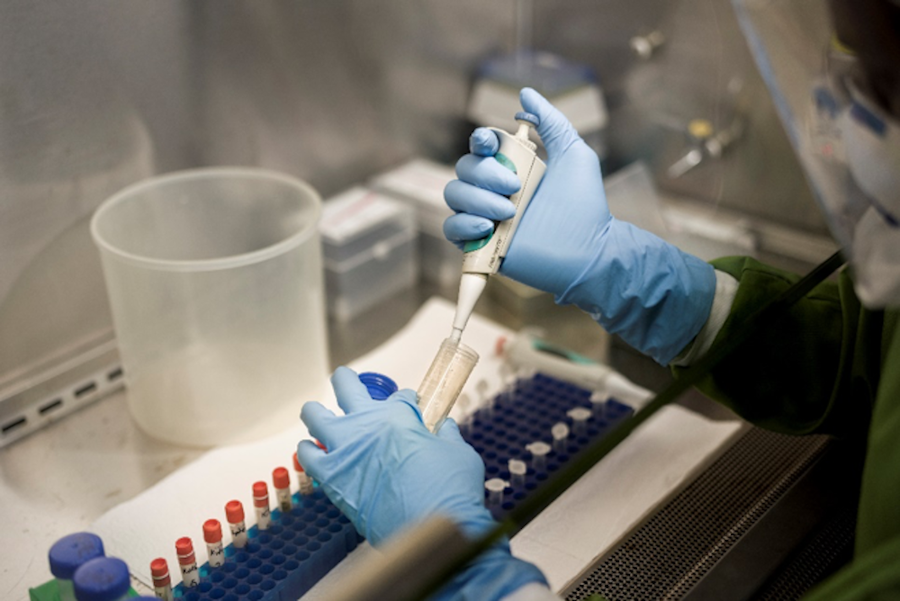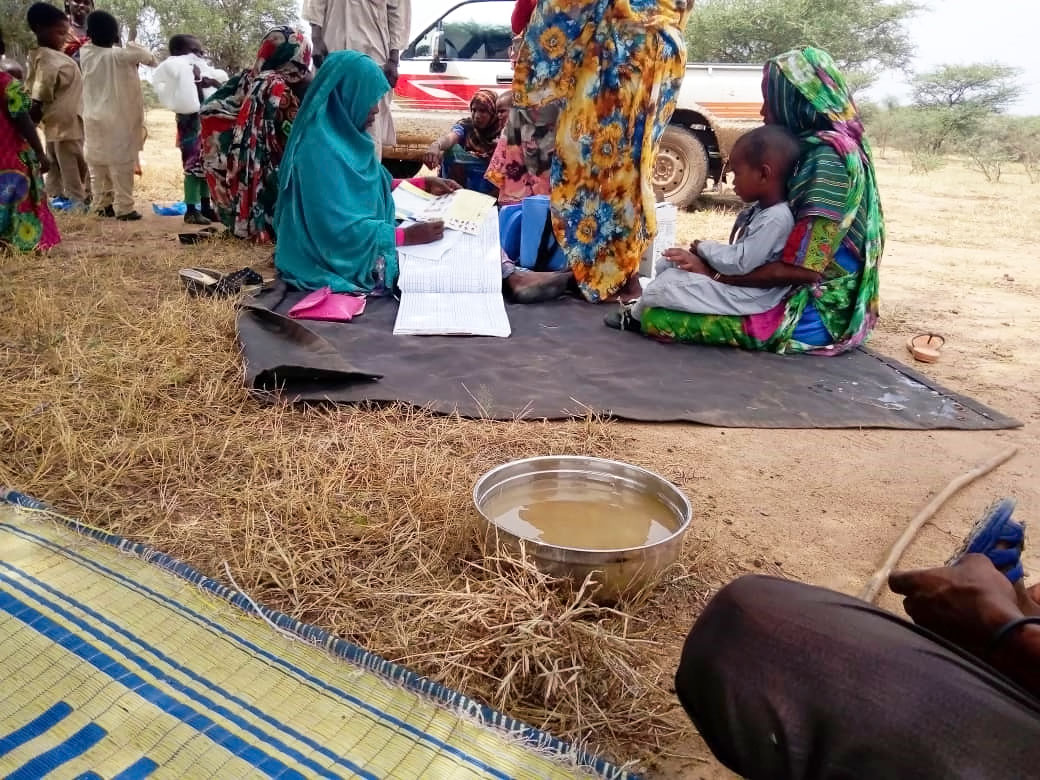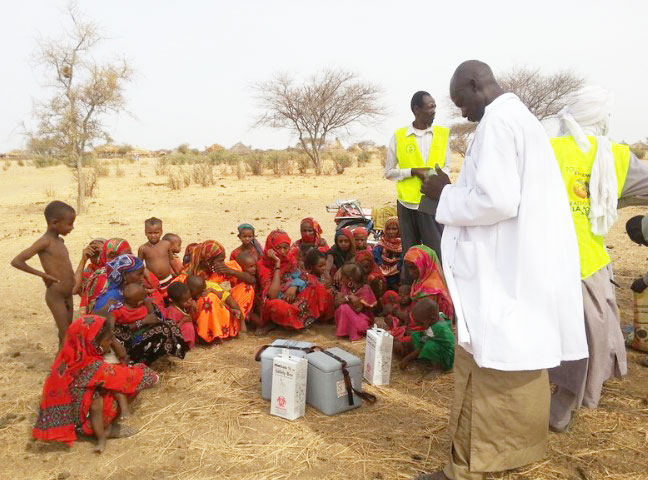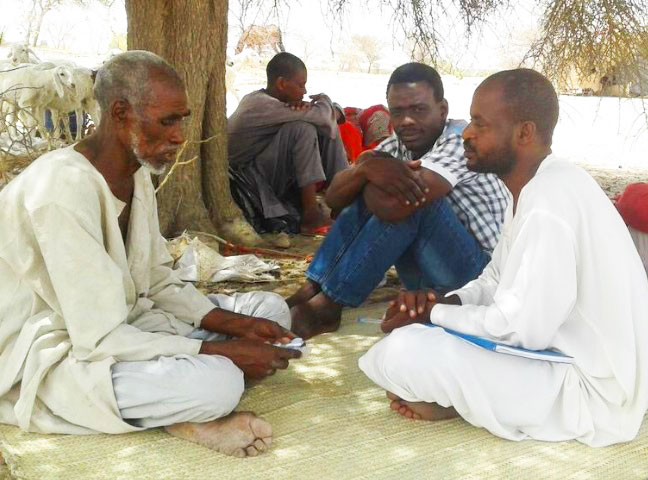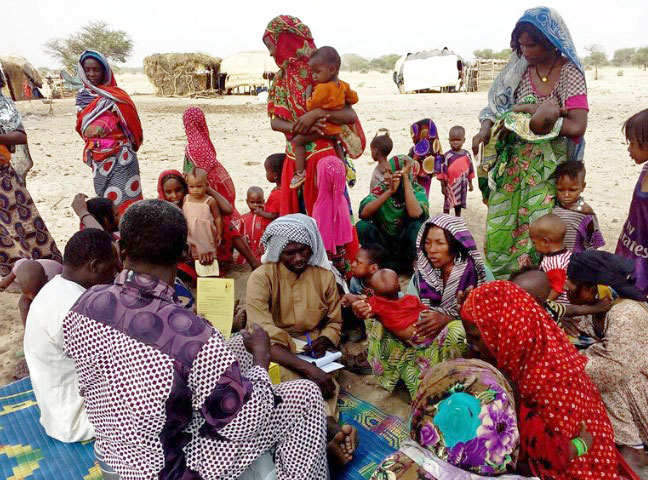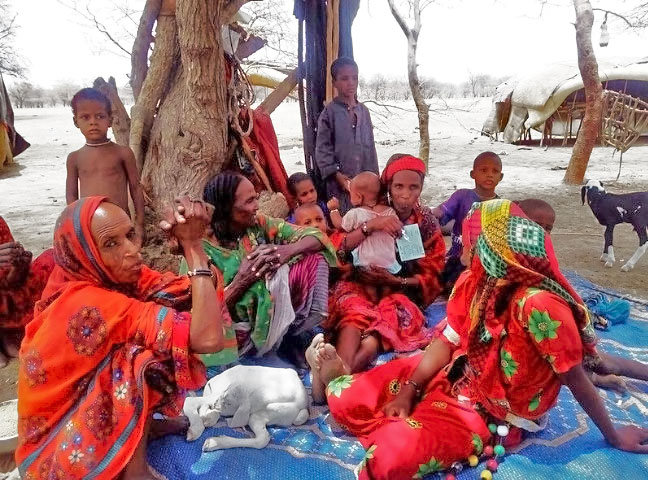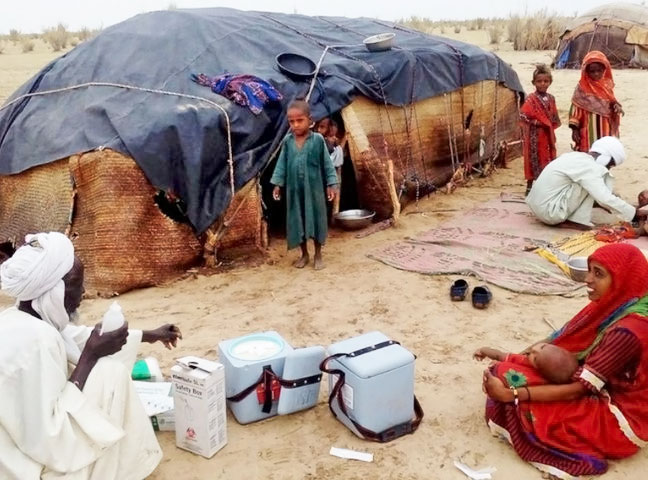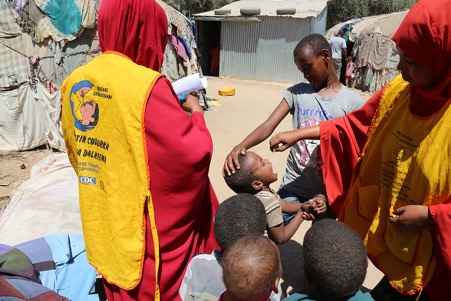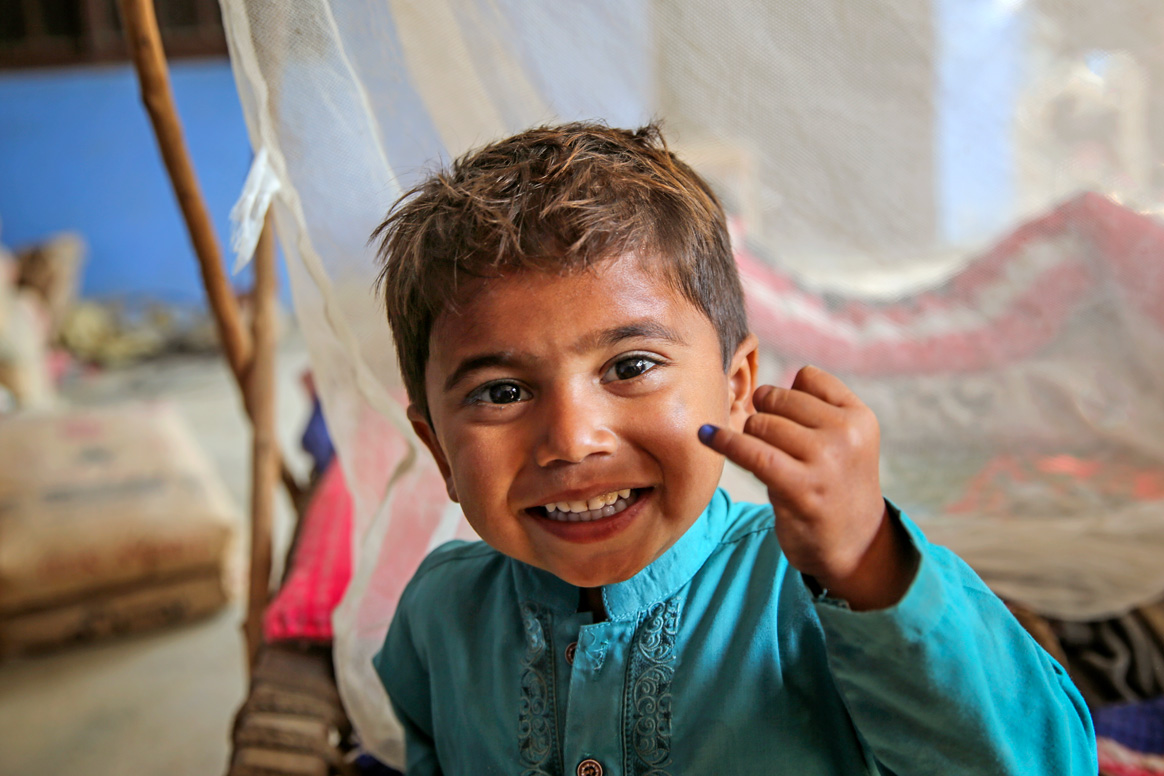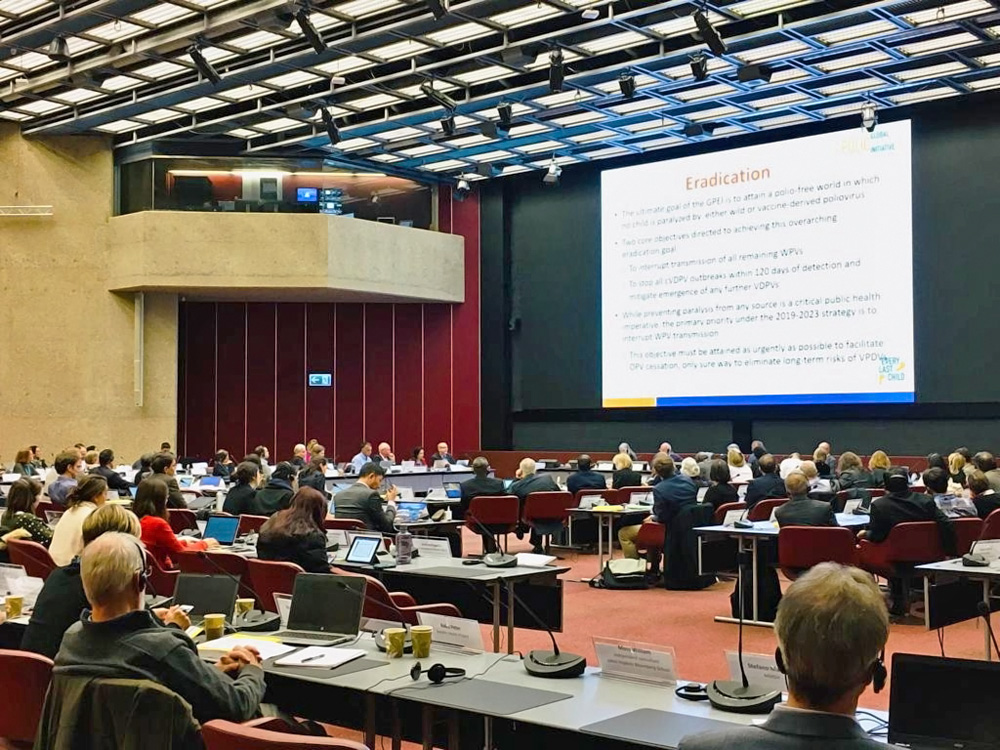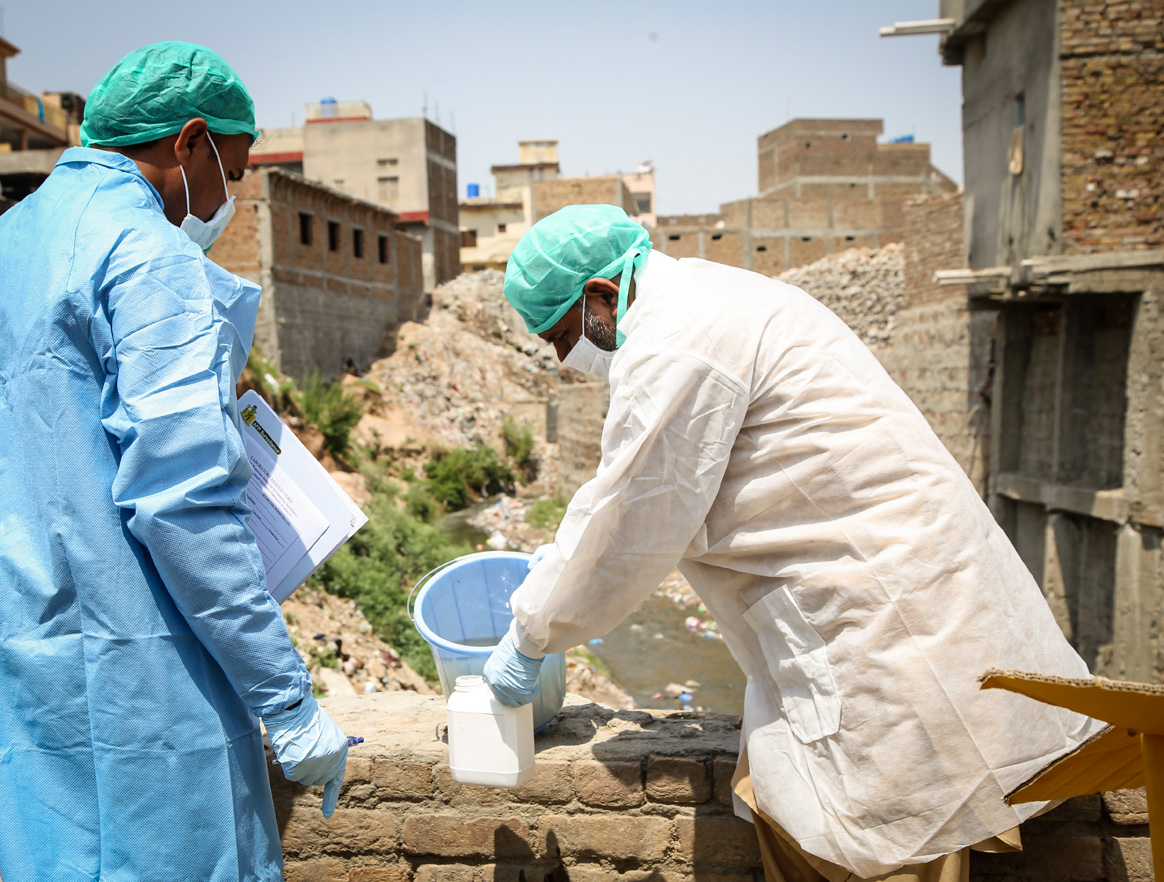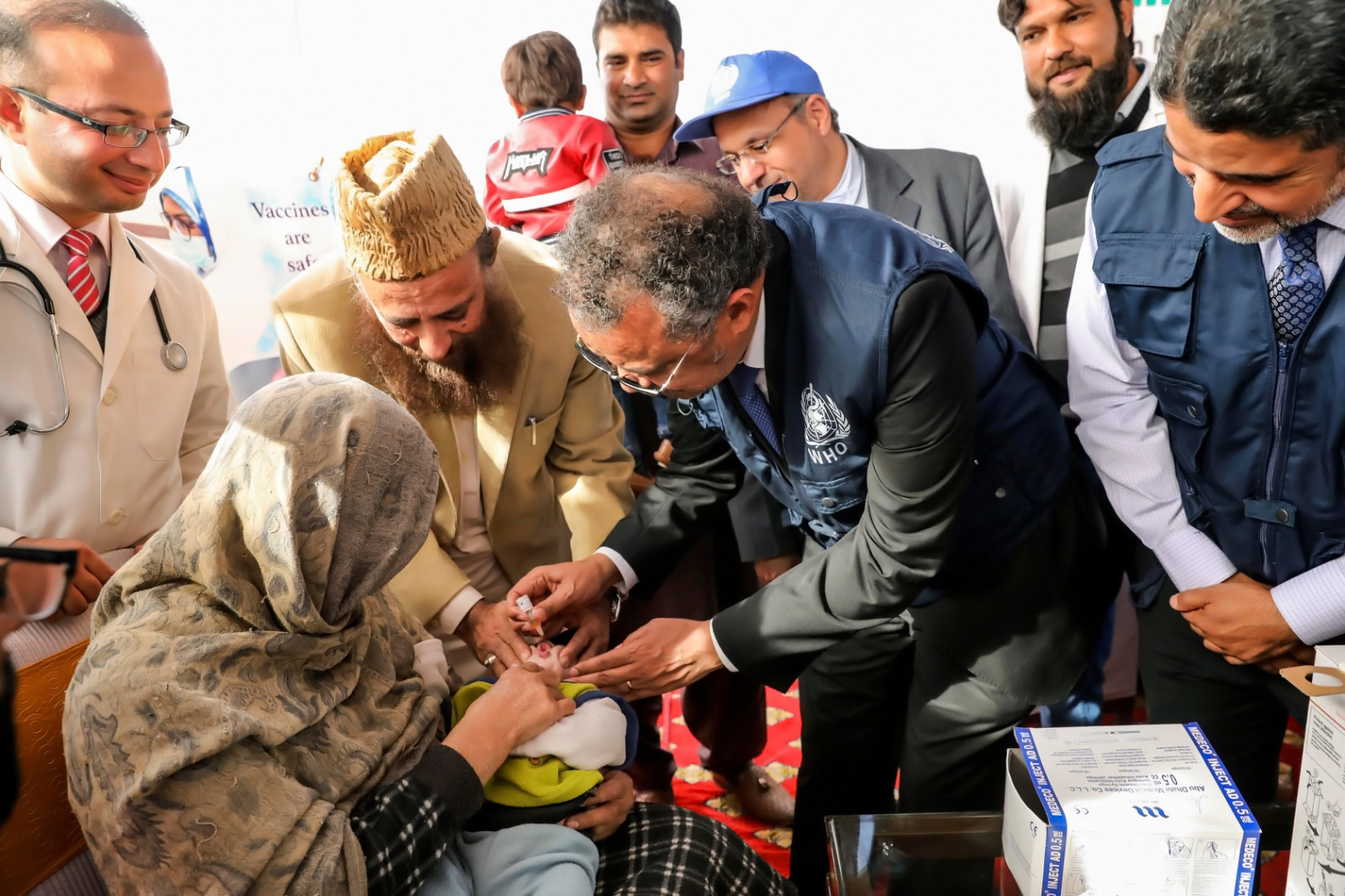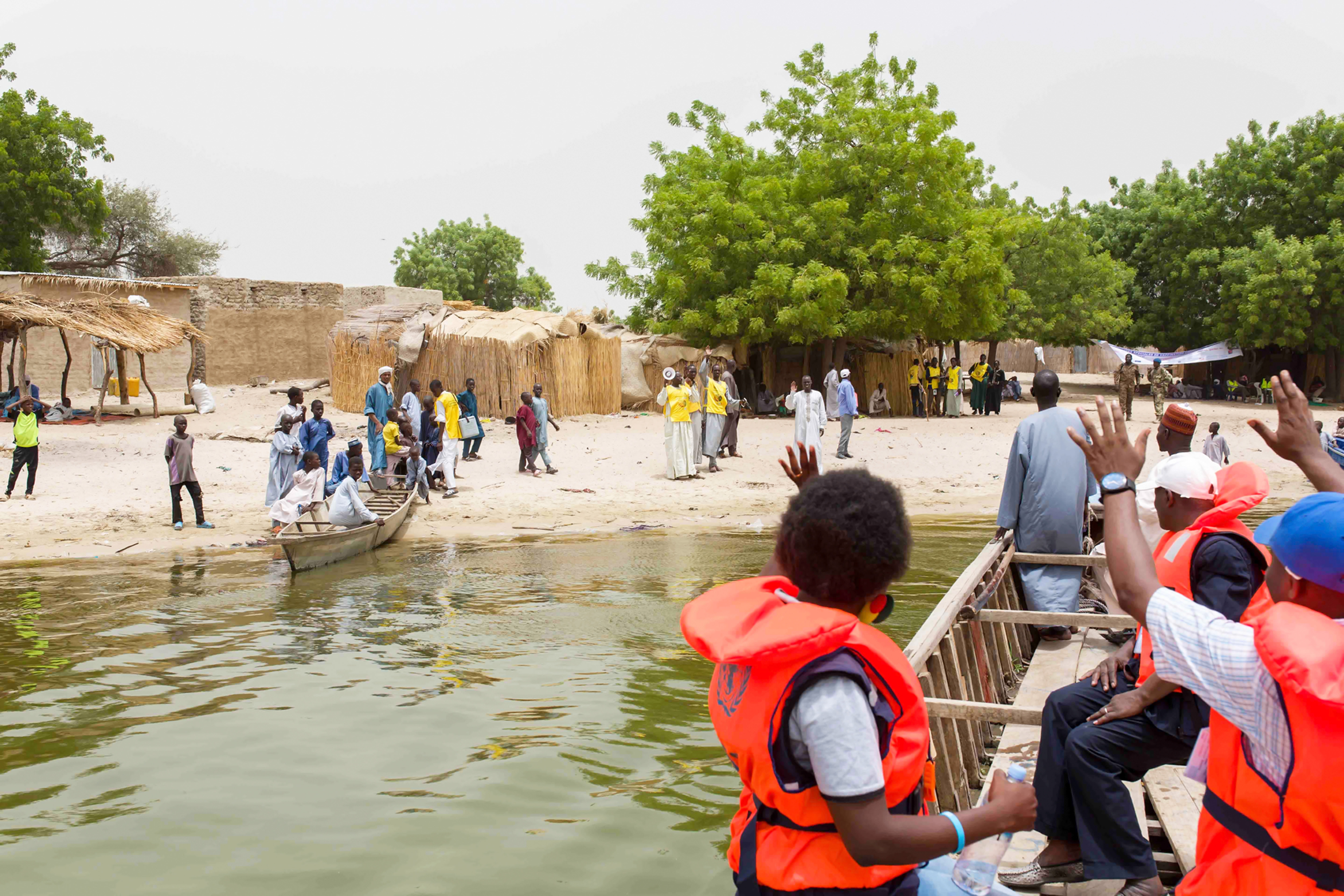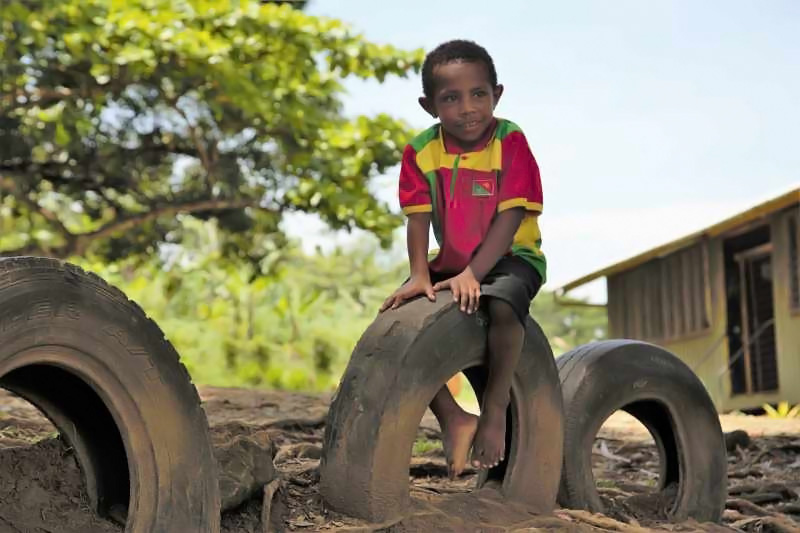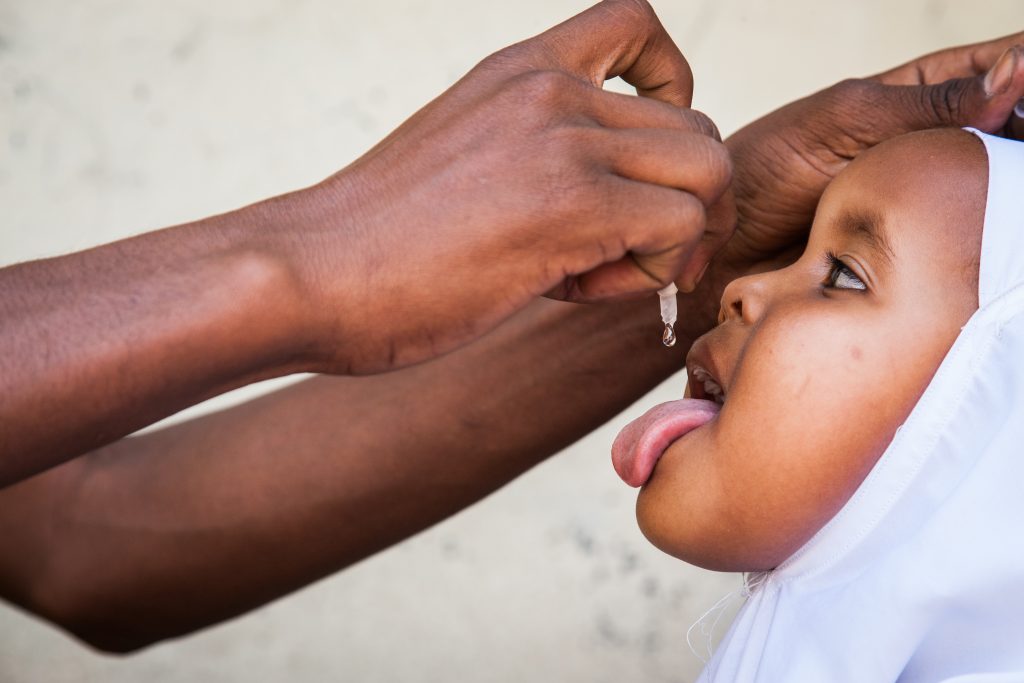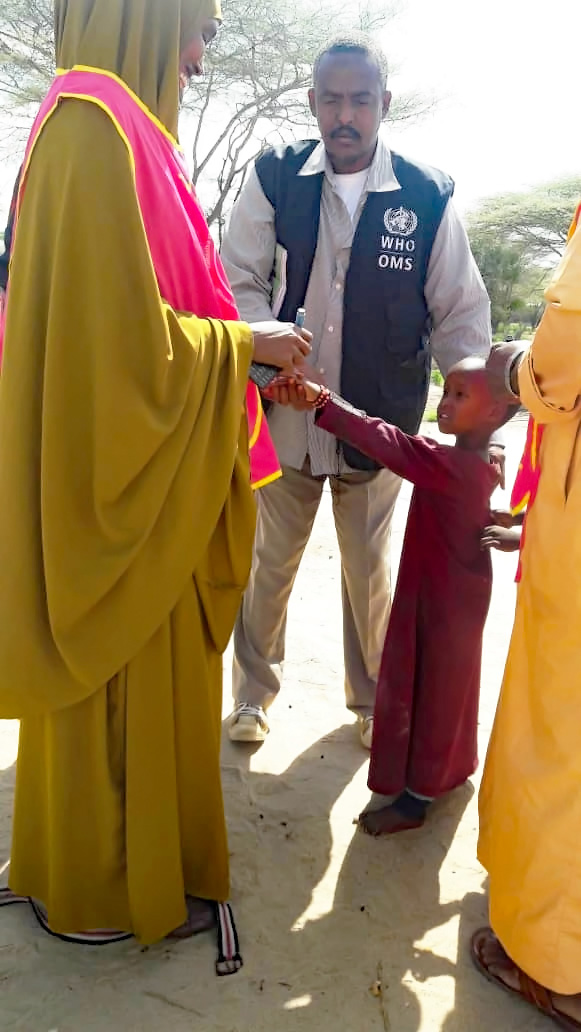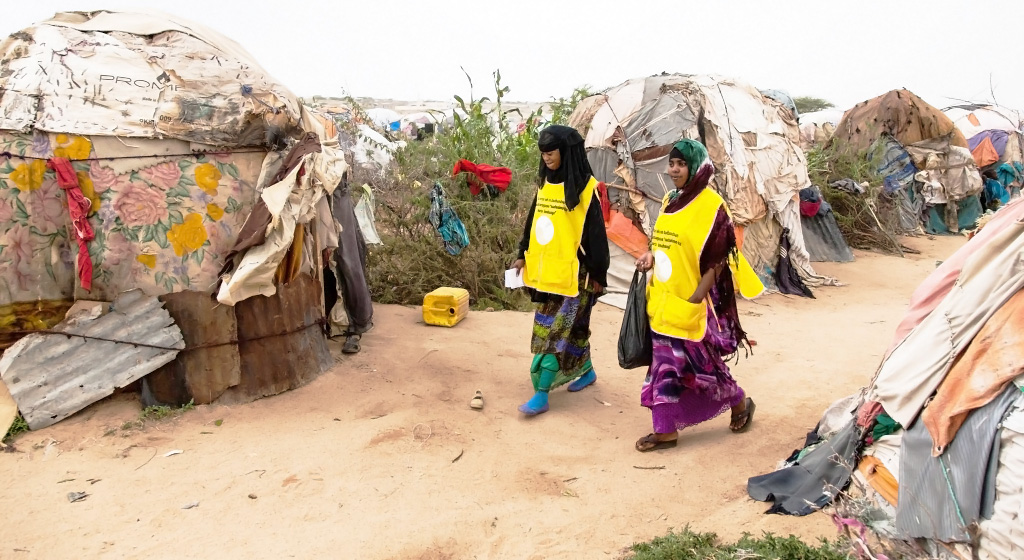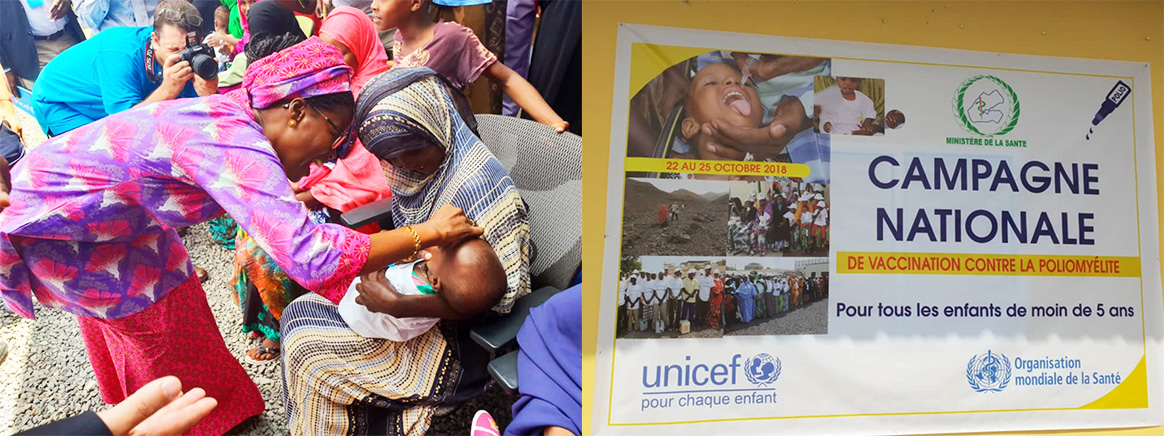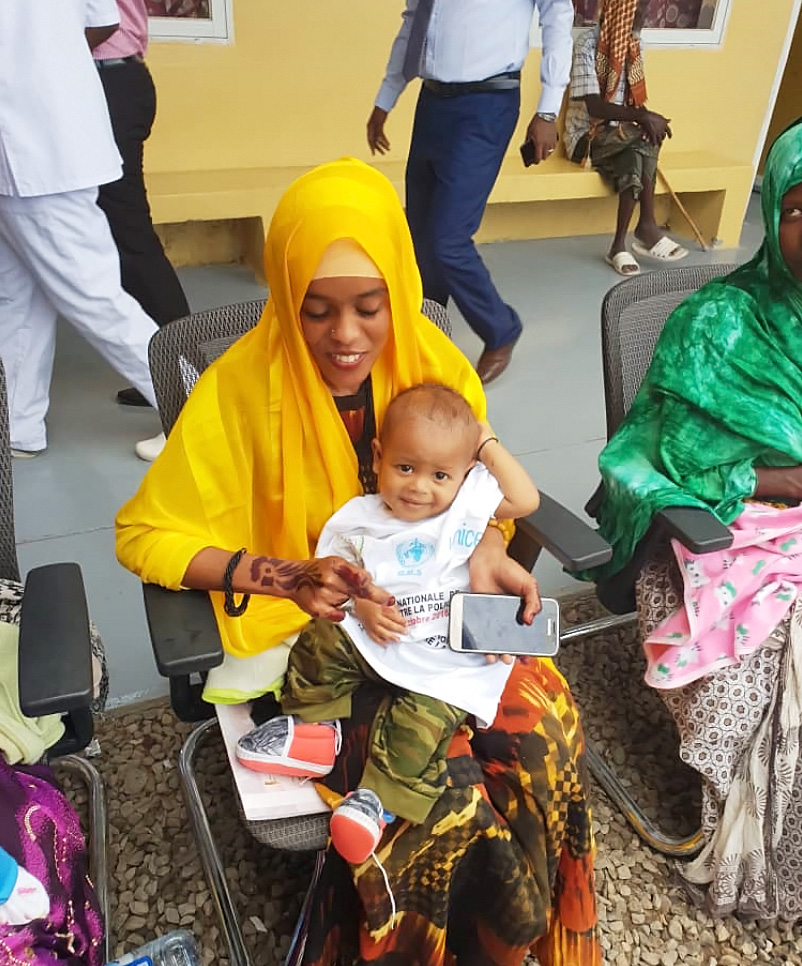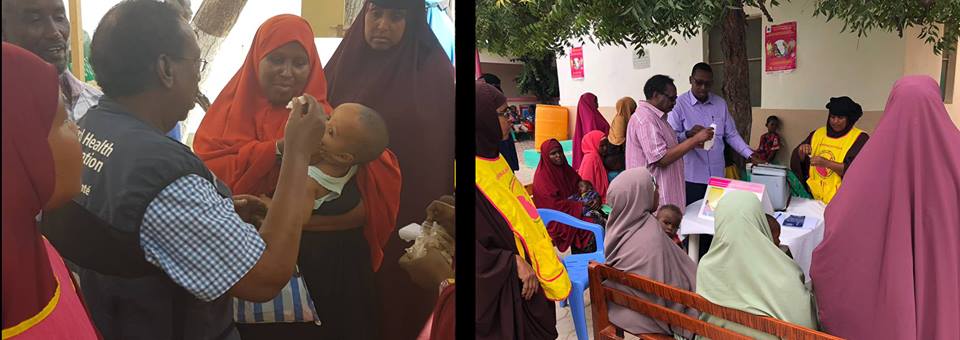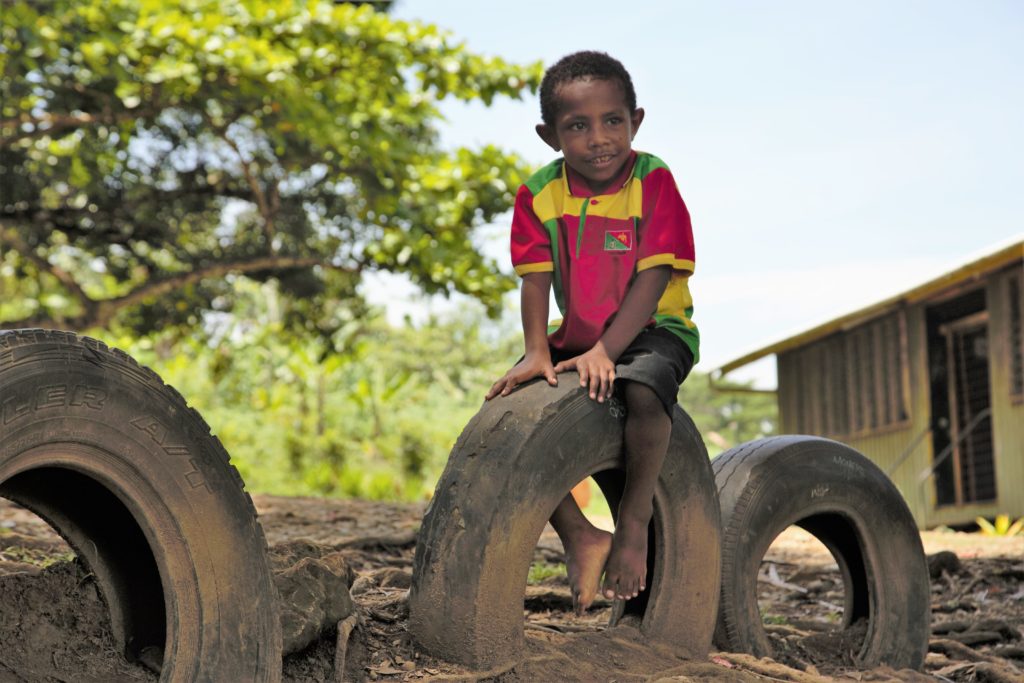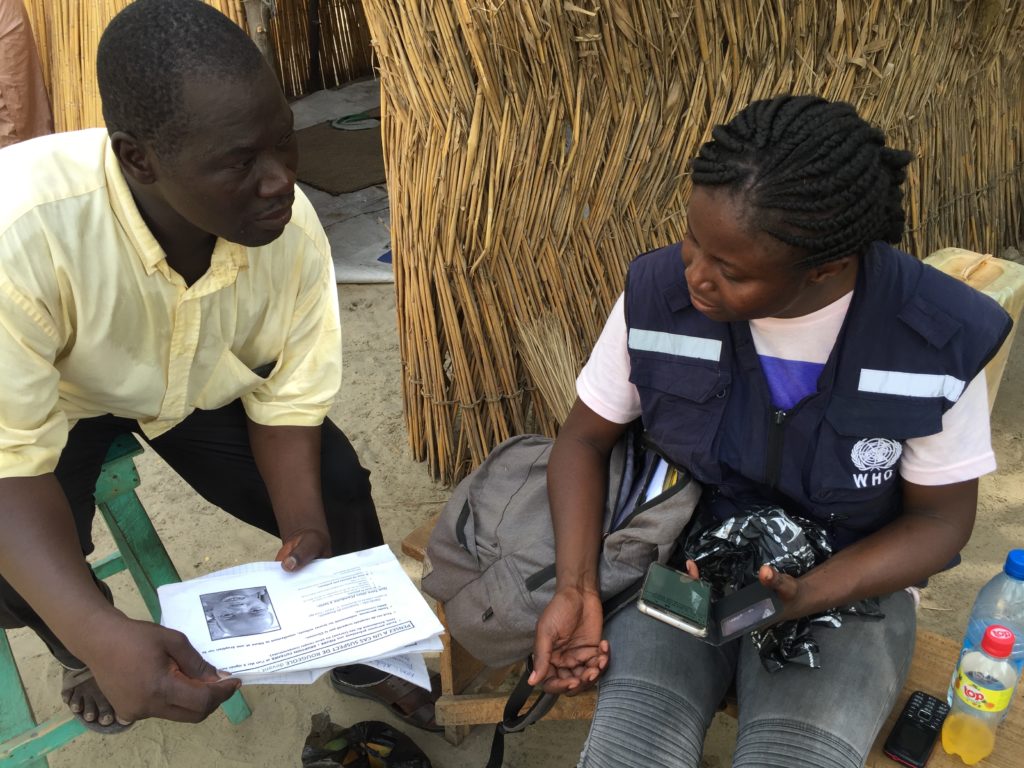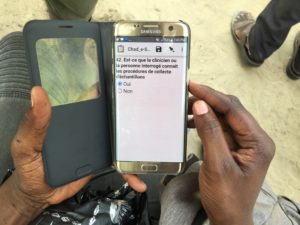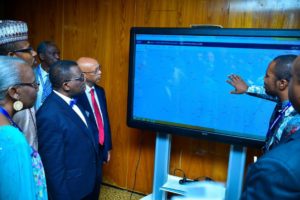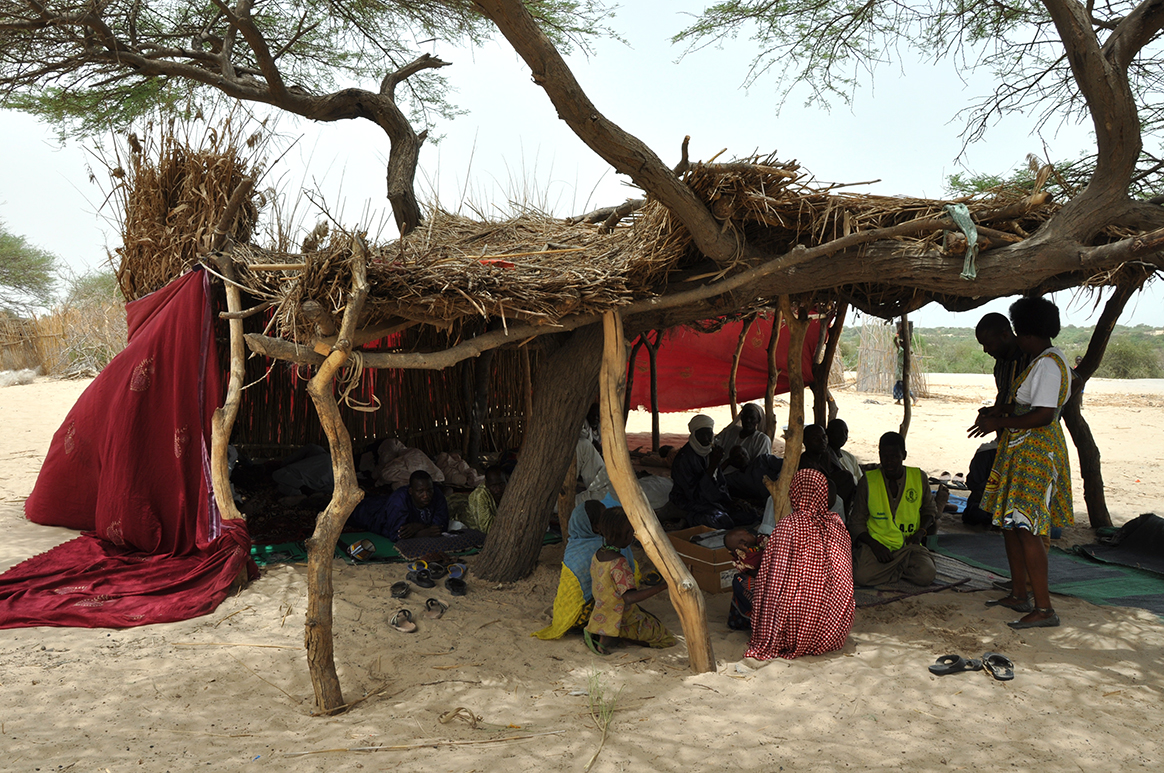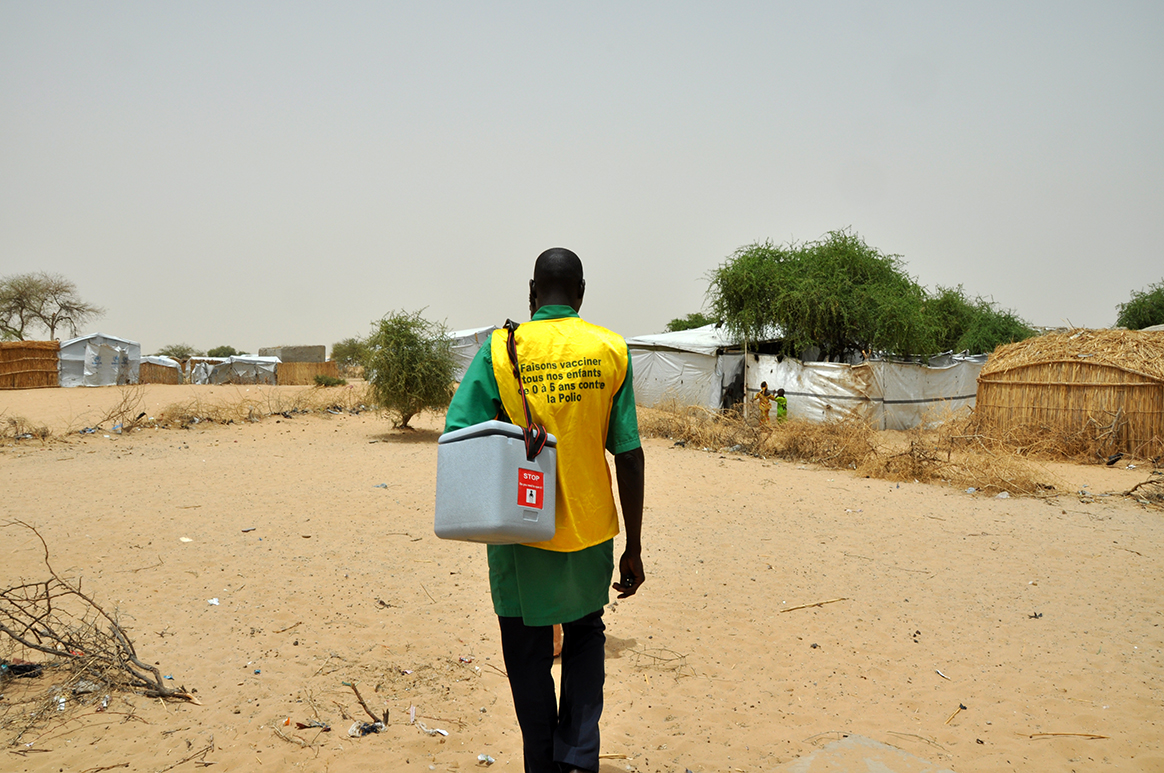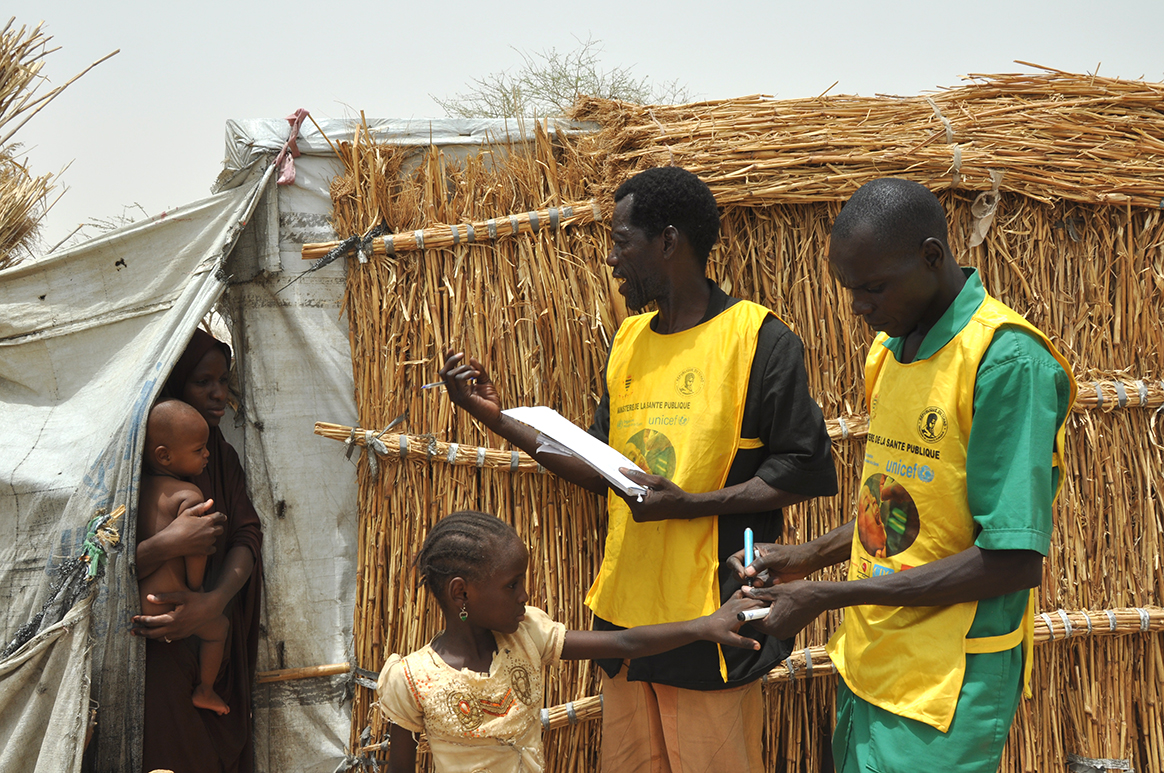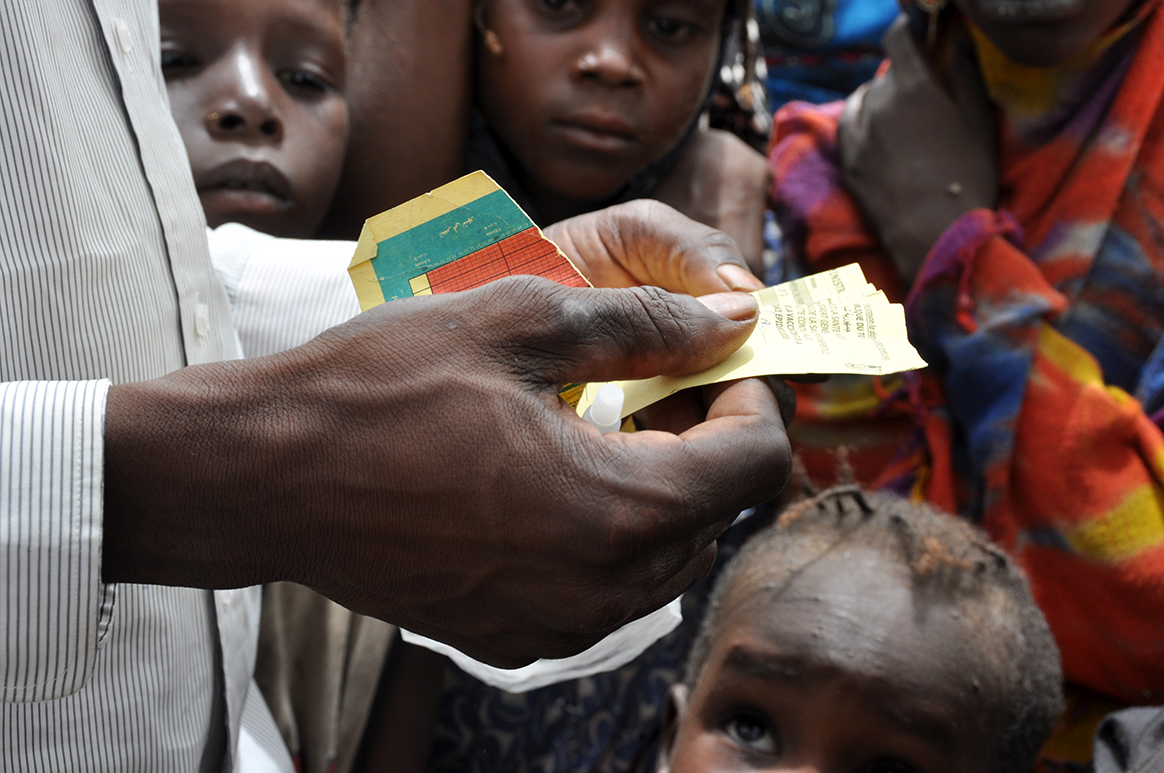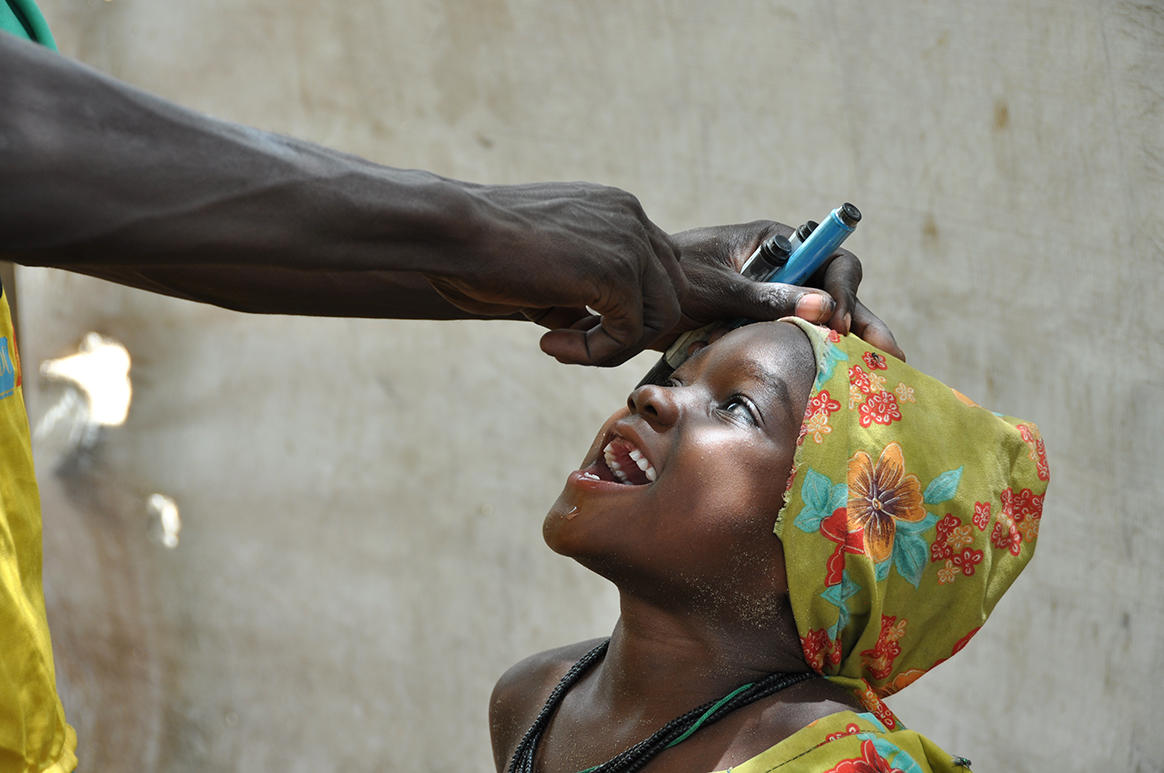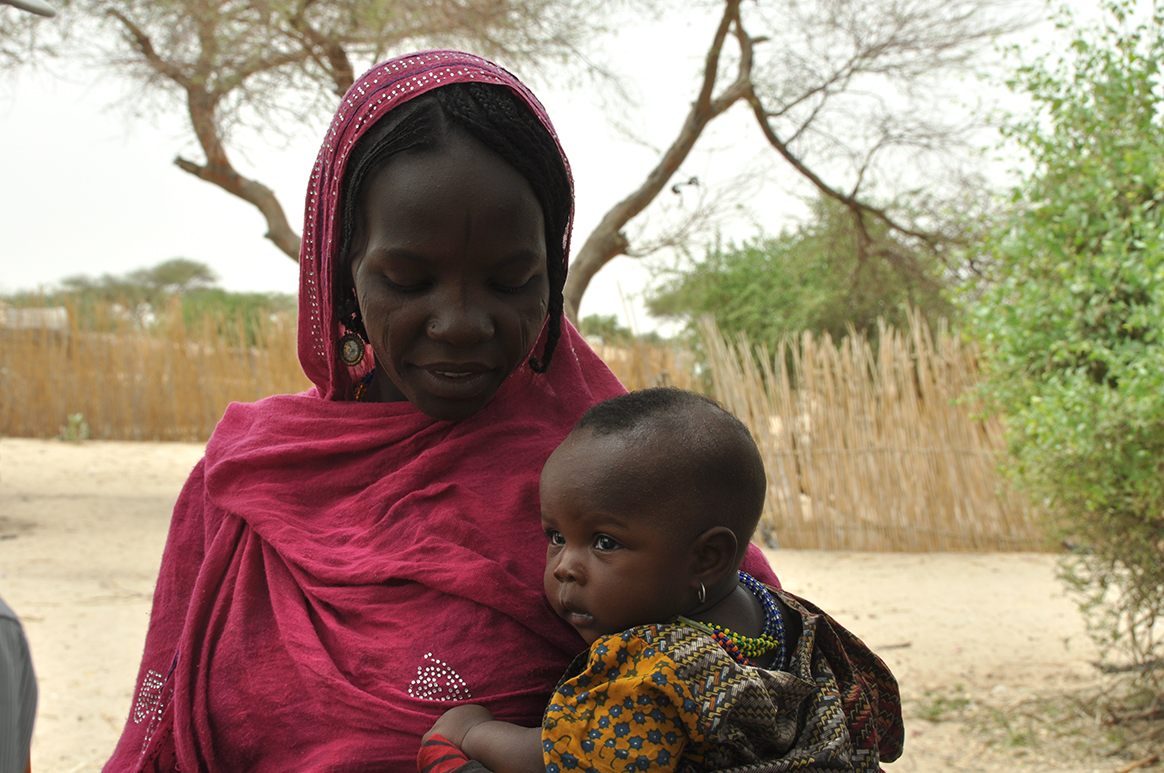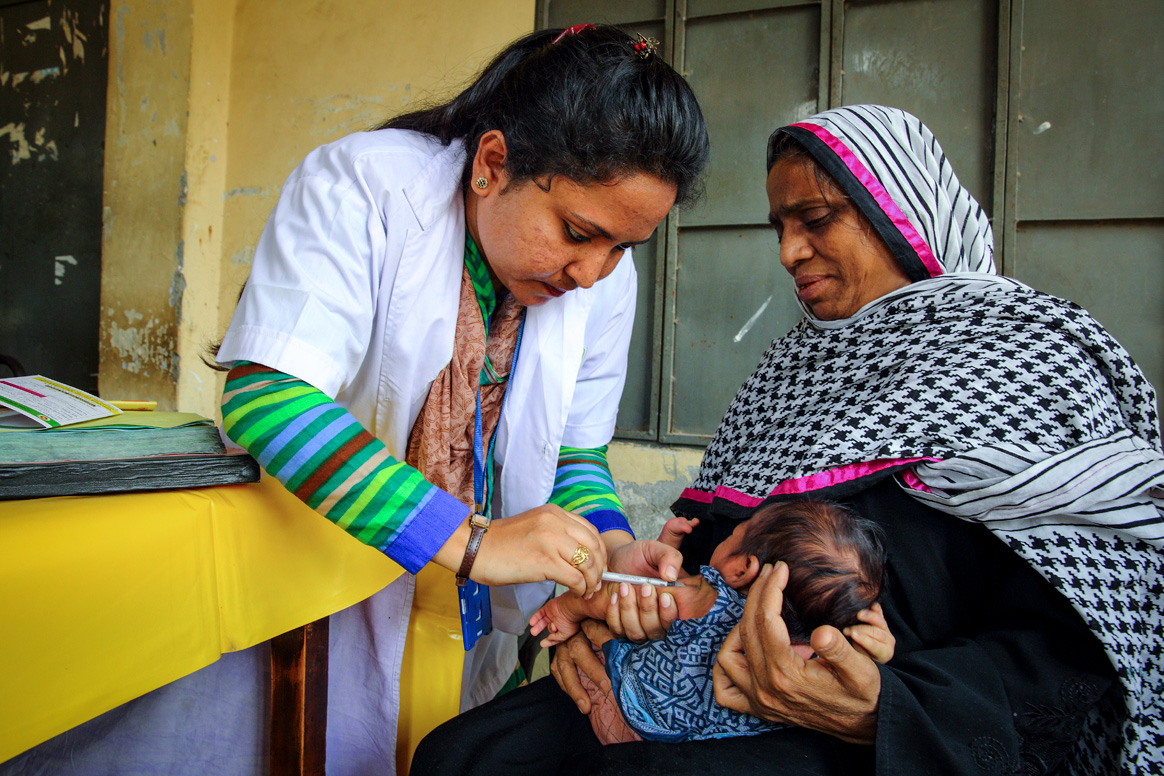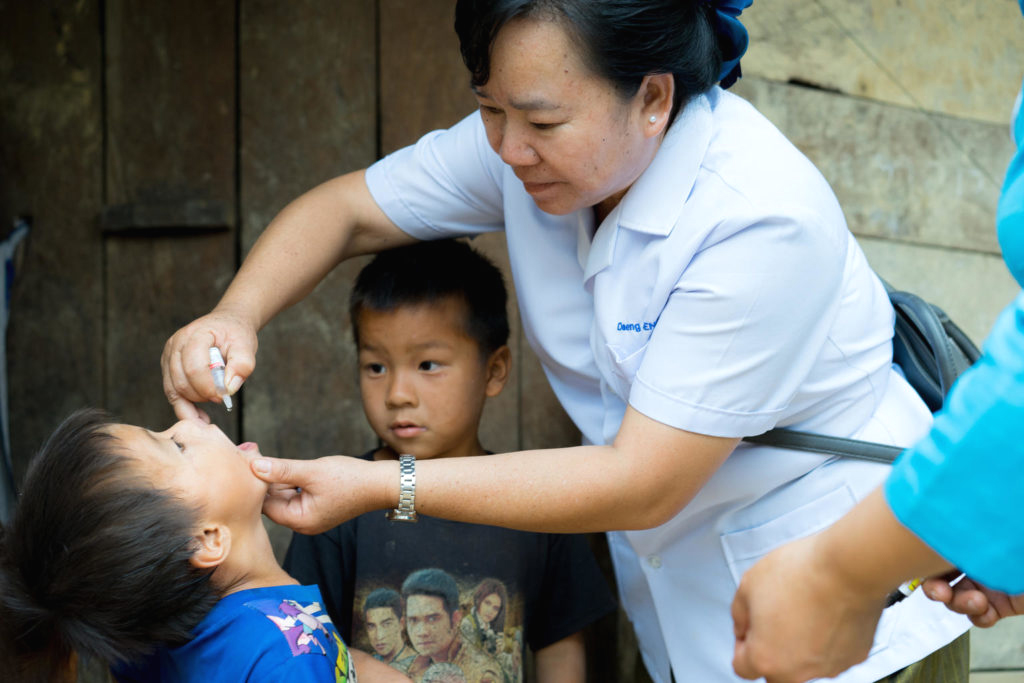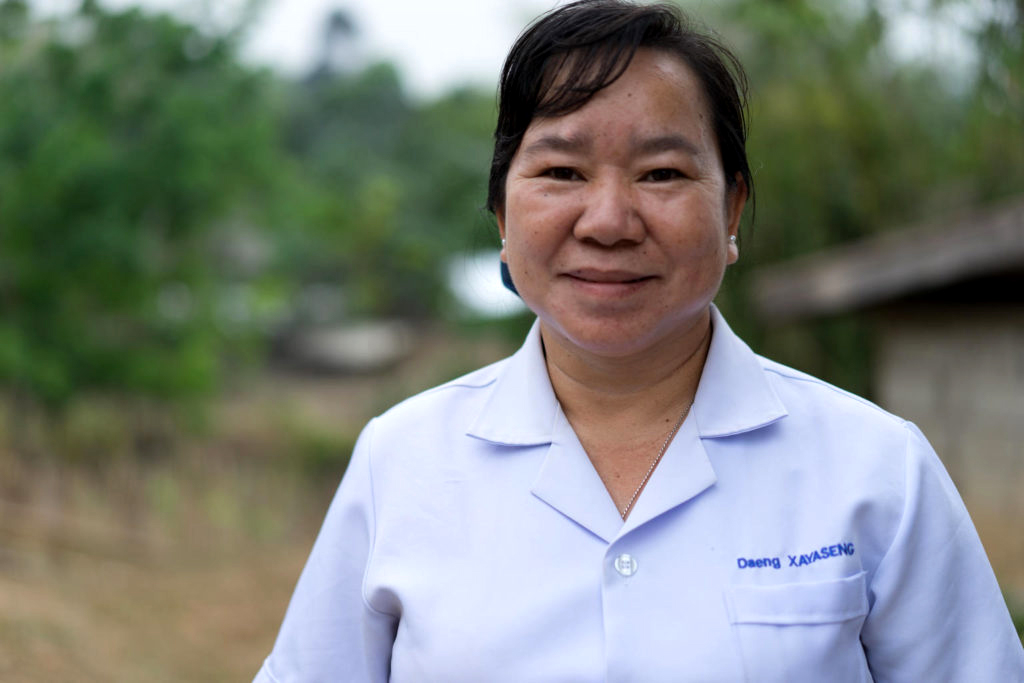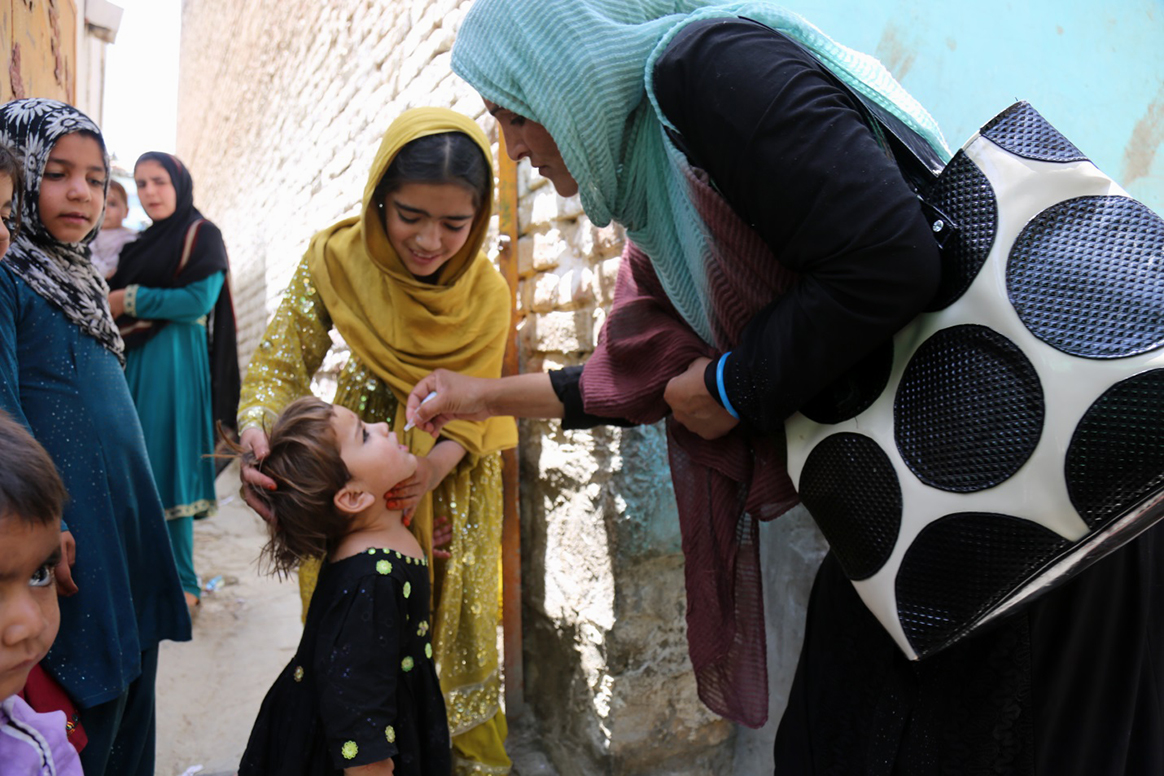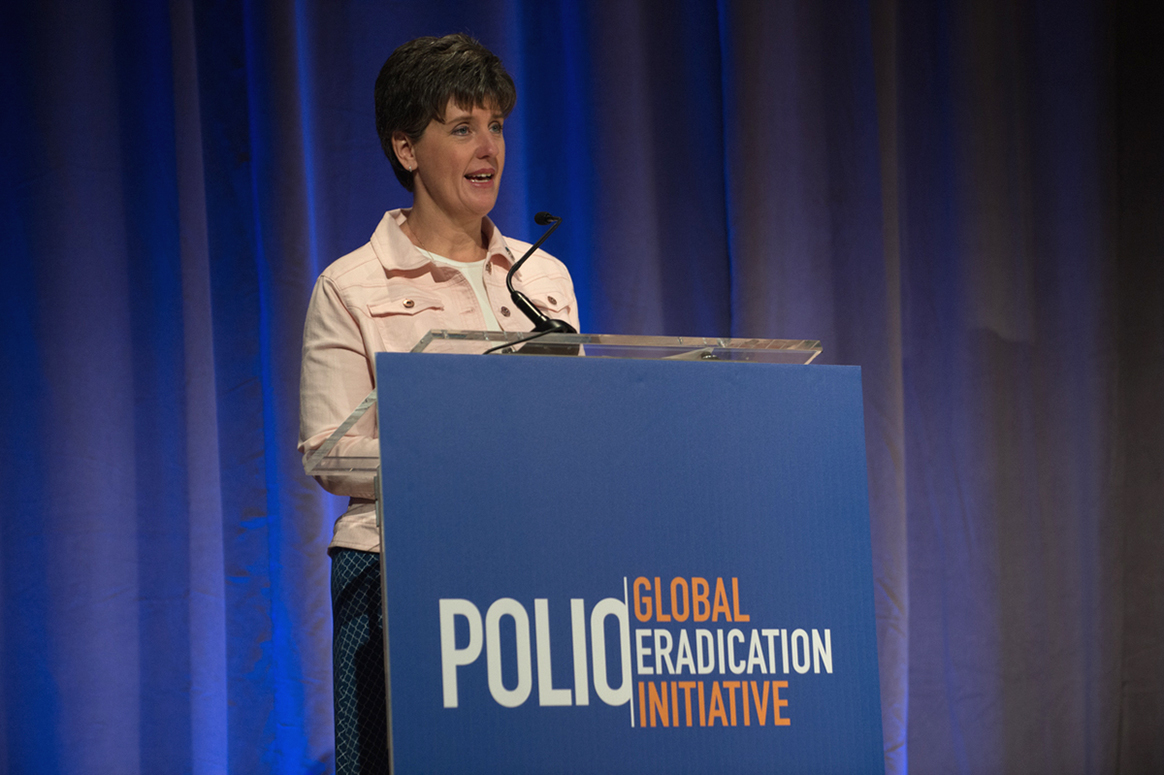17 February 2025, Jerusalem/Amman/Geneva – The emergency polio outbreak response in the Gaza Strip is continuing, with a mass vaccination campaign scheduled from 22 to 26 February 2025. The novel oral polio vaccine type 2 (nOPV2) will be administered to over 591,000 children under 10 years of age to protect them from polio. This campaign follows the recent detection of poliovirus in wastewater samples in Gaza, signaling ongoing circulation in the environment, putting children at risk .
Pockets of individuals with low or no immunity provide the virus an opportunity to continue spreading and potentially cause disease. The current environment in Gaza, including overcrowding in shelters and severely damaged water, sanitation, and hygiene infrastructure, which facilitates fecal-oral transmission, create ideal conditions for further spread of poliovirus. Extensive population movement consequent to the current ceasefire is likely to exacerbate the spread of poliovirus infection.
Two previous vaccination rounds in the Gaza Strip were successfully conducted in September and October 2024, reaching over 95% of the target. As poliovirus is found to remain in the environment, additional vaccination efforts are needed to reach every child and strengthen population immunity. The presence of the virus still poses a risk to children with low or no immunity, in Gaza and throughout the region.
In 2024, health workers faced significant challenges accessing certain areas of central, north and south Gaza, which required special coordination to enter during the conflict. In inaccessible areas such as Jabalia, Beit Lahiya, and Beit Hanoun where humanitarian pauses for the vaccination campaign were not assured, approximately 7,000 children missed vaccination during the second round. The recent ceasefire means health workers have considerably better access now.
No additional polio cases have been reported since a ten-month-old child was paralyzed in August 2024, but the new environmental samples from Deir al Balah and Khan Younis, collected in December 2024 and January 2025, confirm poliovirus transmission. The strain detected is genetically linked to the poliovirus detected in the Gaza Strip in July 2024.
The upcoming vaccination campaign aims to reach all children under 10 years of age, including those previously missed, to close immunity gaps and end the outbreak. The use of the oral polio vaccine will help end this outbreak by preventing the spread of the virus. An additional polio vaccination round is planned to be implemented in April.
The campaign will be led by the Palestinian Ministry of Health and implemented with support from the World Health Organization (WHO), United Nations Children’s Fund (UNICEF), United Nations Relief and Works Agency for Palestine Refugees (UNRWA) and other partners.
Polio vaccines are safe and there is no maximum number of times a child should be vaccinated. Each dose gives additional protection which is needed during an active polio outbreak.
WHO, UNICEF, and partners welcome the recent ceasefire and urge for a lasting ceasefire that leads to long-term peace.
Notes to editors:
More information on the Global Polio Eradication Initiative, and daily updates on the outbreak response campaign, are available here (on this link, please scroll down the page to the list of polio-affected countries and click on ‘occupied Palestinian territory’).
Second round of polio campaign in Gaza completed amid ongoing conflict and attacks: UNICEF and WHO:https://www.emro.who.int/opt/news/second-round-of-polio-campaign-in-gaza-completed-amid-ongoing-conflict-and-attacks-unicef-and-who.html
